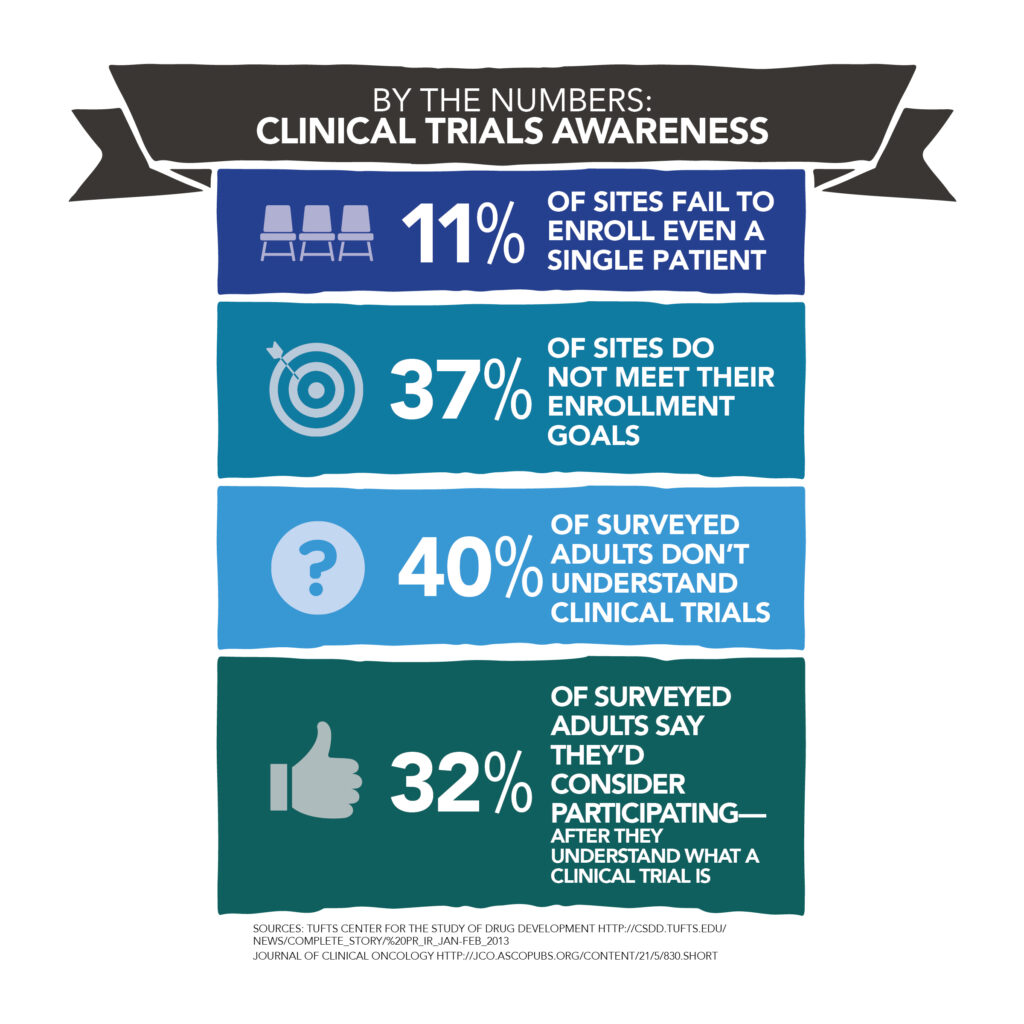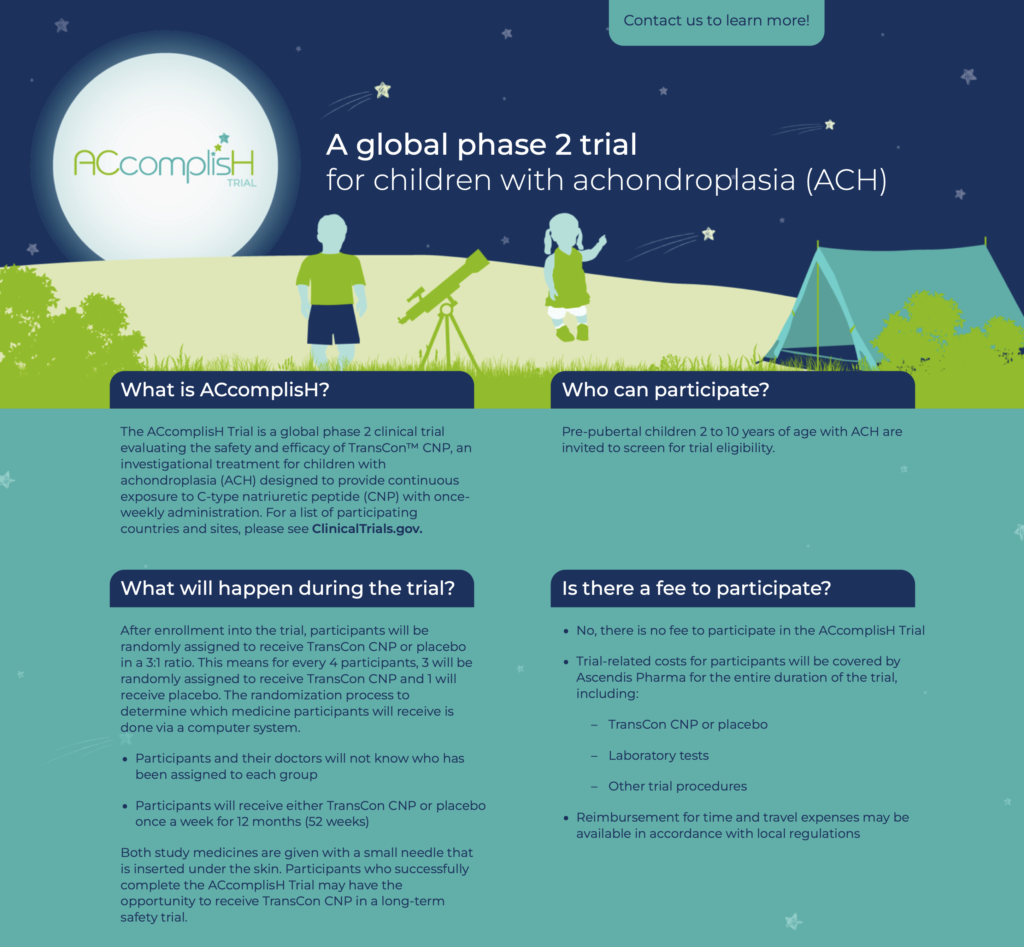When I first started working in the biopharmaceutical industry, I recall one executive proclaim, “We’re going to have to scour the world to find enough patients for this trial!”
Recruiting patients into clinical trials has always been challenging. Some diseases under study were rare, so there were few patients to recruit. Some patients were skeptical and didn’t want to be a “guinea pig” in a science experiment, while others just didn’t know clinical trials were even an option.
Many moons have passed since then, but the same challenges remain.
Now, more trials are being conducted around the world, so competition for patients is fierce. There are also more treatments available, so eligible patients – particularly those who are “treatment-naïve” or have never received treatment for their disease – can be hard to find.

New Medicines Rely on Meaningful Data from Clinical Trials
Clinical trials and the data collected from them determine whether a new medicine can be approved to treat patients. These trials test new medicines to assess whether they are safe in humans and effective at treating specific diseases. After a series of clinical trials are conducted, the cumulative data are analyzed, summarized, and submitted to health authorities such as the US FDA to seek approval of a medicine. If approved, it becomes available as a new treatment.
But without enough patient participants, there may not be adequate data to show a new medicine is safe and effective.
Strategies to Encourage Patient Participation in Clinical Trials
In the graphic above, one of the most stunning statistics is that 40% of surveyed adults do not understand clinical trials. But on the positive side, 32% of those surveyed said they would consider participating in a clinical trial once they understood what the trial was about. Clearly, raising awareness about clinical trials and the role they play in getting new medicines to patients may have an impact on clinical trial participation.
Encouraging doctors to enroll patients
In the 1990s, programs to encourage patient enrollment into clinical trials were focused on doctors. After all, the doctors were the ones who recommended clinical trials as an option to eligible patients.
One of the first tactics I developed was a quarterly newsletter that supported a clinical trial for acute myeloid leukemia (AML), a type of blood cancer. The publication was sent to the doctors and coordinators participating in the trial. It included graphical updates on patient enrollment numbers as well as recruitment tips and patient stories from interviews with site coordinators. Because sites often conducted multiple clinical trials, the newsletter served to remind them of our trial and gave us the opportunity to communicate how critical their work was for the success of the overall program.

Empowering patients to become their own advocates
By the 2000s, more companies were creating programs that reached patients directly. By doing so, they empowered patients to learn about clinical trials and take that knowledge to their doctors.
For one clinical trial for multiple sclerosis (MS), I worked with a team to develop a localized program at one trial site. We developed posters, postcards, and fact sheets about the trial, recorded a video of the site doctor talking about MS and the trial, and conducted local media outreach with the materials. In addition to strengthening our relationships with the doctor and coordinators at the site, the effort garnered local print and broadcast stories that spread the word about the trial and MS.
Patient recruitment programs expand to broad online audiences
Now, patient recruitment efforts have even broader reach – extending to families, friends, caregivers, and even the general public – as online tools and social media serve to raise awareness of clinical trials globally.
I recently worked with a client on a program for a medicine to treat achondroplasia, a rare form of dwarfism diagnosed in childhood. A trial name, logo, and color palette served to “brand” the pediatric trial to make it memorable – so a patient or family member could easily ask about it when speaking with their doctor.
A website that incorporated these design elements and provided basic trial information helped patients determine if they might be eligible to participate. Multiple “contact” buttons on the website made it easy for patients to communicate with a representative. From there, eligible patients were referred to clinical trial sites in their geographic areas to learn more about participating.

From simple print newsletters to multifaceted branded campaigns, patient recruitment efforts have definitely evolved over the years, thanks to new attitudes and new technologies. It is exciting to think about what the future holds!

Leave a Reply